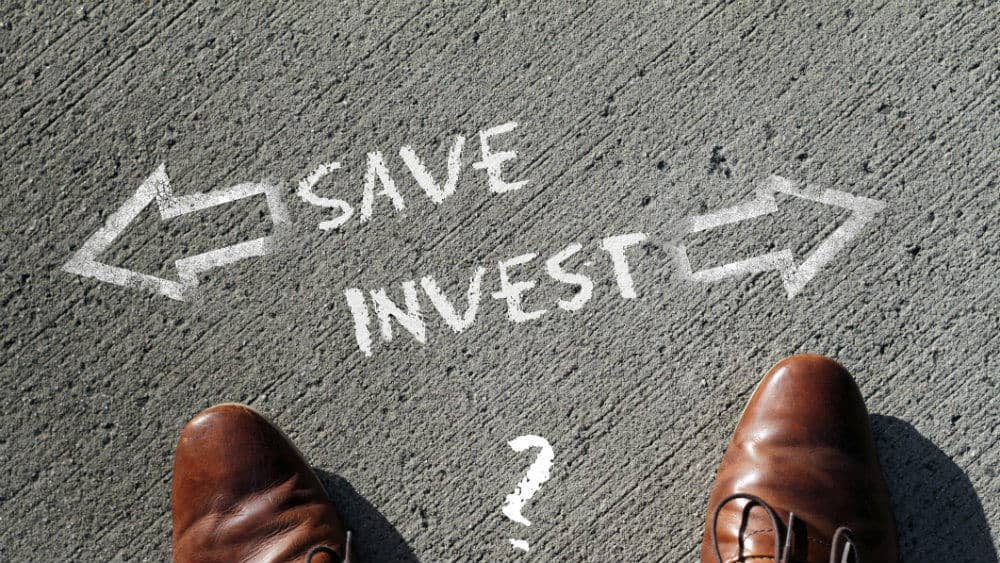As the pandemic takes hold, the Canadian Government is offering relief in several ways. One way is through the Canadian Emergency Response Benefit (CERB). If eligible, Canadians can receive a CERB payment of $2,000 per four-week period up to a maximum of 16 weeks.
It is a welcomed package in times where several Canadians aren’t working as a result of the pandemic and don’t qualify for EI. While most are relying on the CERB payments to cover day-to-day living expenses, there are a few who may not need the money immediately.
For those, investing the $2,000 might be the best course of action.
A need to conserve the CERB payment
Before Canadians make any decision on investing their CERB payments, it is important to clearly understand your financial situation. First, if you qualify for the benefit, then you currently have a loss of income.
Perhaps you have built sufficient savings and you are not in dire need of the money today. If, however, your loss of income persists, your savings may begin to deplete. In such an event, you may need access to the $2,000 sooner than you think.
If you don’t have a loss of income, then perhaps you do not qualify for the benefit or you have received it in error. In these cases, it is likely that the government will come knocking at your door asking for repayment.
In either of these scenarios, you’ll want to conserve the initial capital of CERB payment. The safest way is to park your cash in a high-interest savings account. Given the low-rate environment, investors won’t collect high-interest income, but there will be no loss of capital.
Another option is to invest in a short-term Guaranteed Investment Certificate (GIC). Short-term GICs have terms less than one year — anything from 30 to 364 days. As of writing, I’ve seen rates as high as 2% on short-term GICs.
Long-term horizon
If you know with 100% certainty that you will not need your $2,000 CERB payment, only then should you take on additional risk. Make no mistake, investing in the stock market comes with increased risk. This is especially true given the current market volatility.
Invested in the markets, the $2,000 CERB payment can grow to $3,000 in a bull market, but it can just as easily drop to $1,000 if we see another market downtrend. The bottom line is that we are in a period of considerable volatility and uncertainty.
Management teams across the country are pulling guidance and conserving cash. In many cases, they are not even buying back their own stock. Why? There is no crystal ball here. Even Warren Buffett, largely considered the best value investor of all time, is not actively buying into this market.
When the market dropped in March, Buffett didn’t act. As per the Oracle of Omaha, “We have not done anything, because we don’t see anything that attractive to do.”
That is a pretty telling statement. Investors looking to invest their $2,000 CERB payments into the stock market are best to take their time. Know with 100% certainty that you will not need to access your capital in the short term. Don’t rush in and make sure you are buying high-quality companies that will not only survive the pandemic but thrive for years to come.










